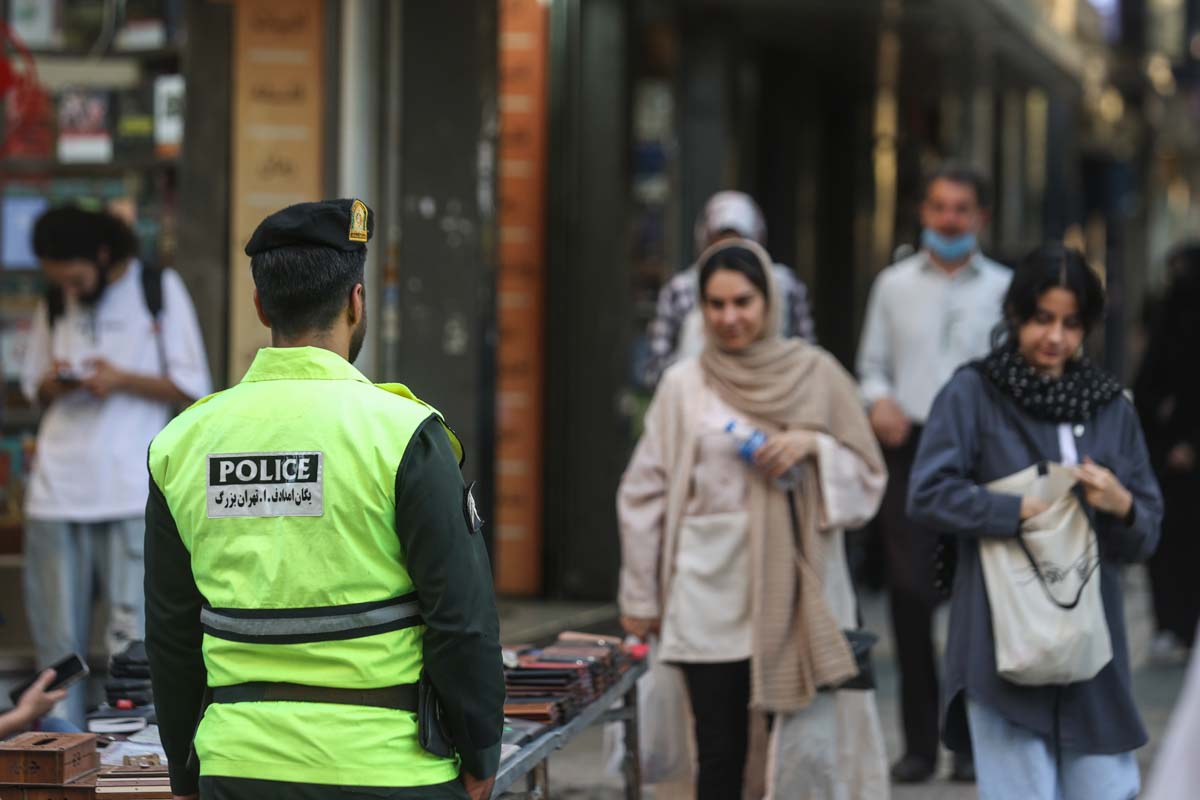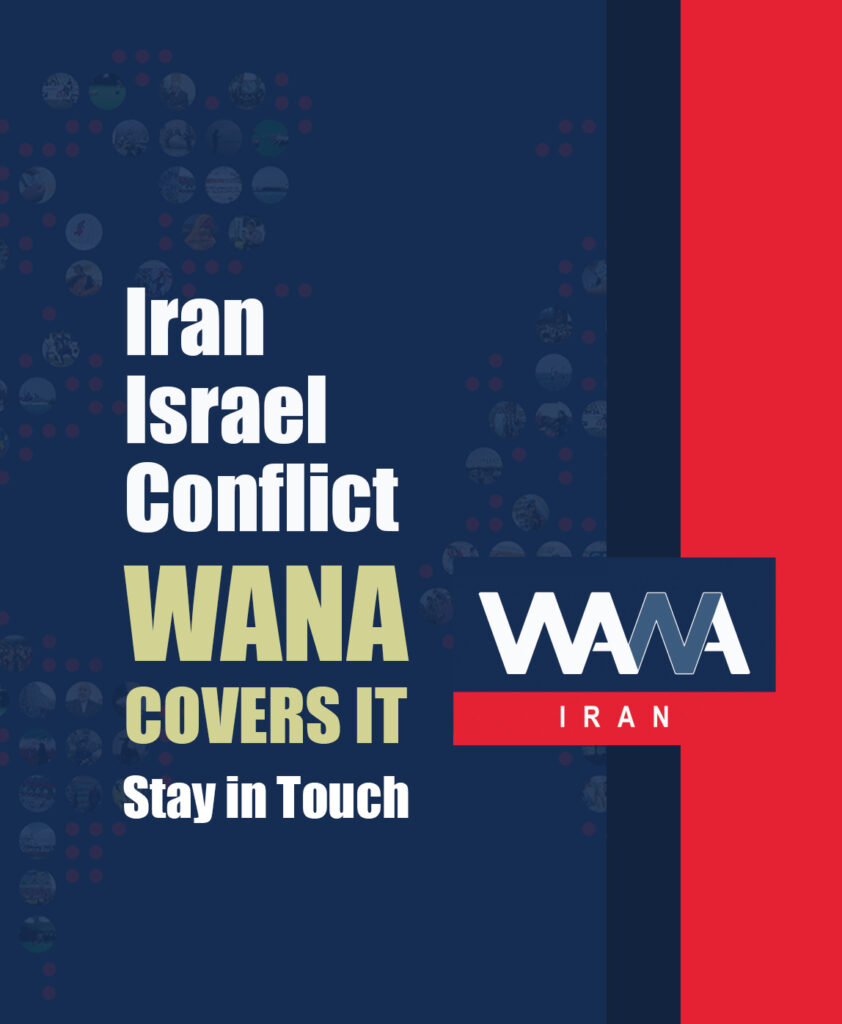2023 is almost over, yet clergies are in power
WANA (SEP 16) – Months ago, the opponents of the Islamic Republic had called for people to come to the streets once again and challenge the government in Iran on the occasion of the death anniversary of Mahsa Amini.
Mahsa Amini’s tragic death, a young Iranian woman who died in police custody, shook the nation last year. The morality police had arrested her because of her hijab, and her death ignited widespread outrage and demonstrations across Iran.
Various groups supported these protests and calls, including the radical opposition both outside and inside the country, royalists led by the son of the last king of Iran, Reza Pahlavi, who lives in the U.S., separatists, the sect of MKO (Mojahedin Khalagh Organisation, their base used to be in Albania), and other radical factions.
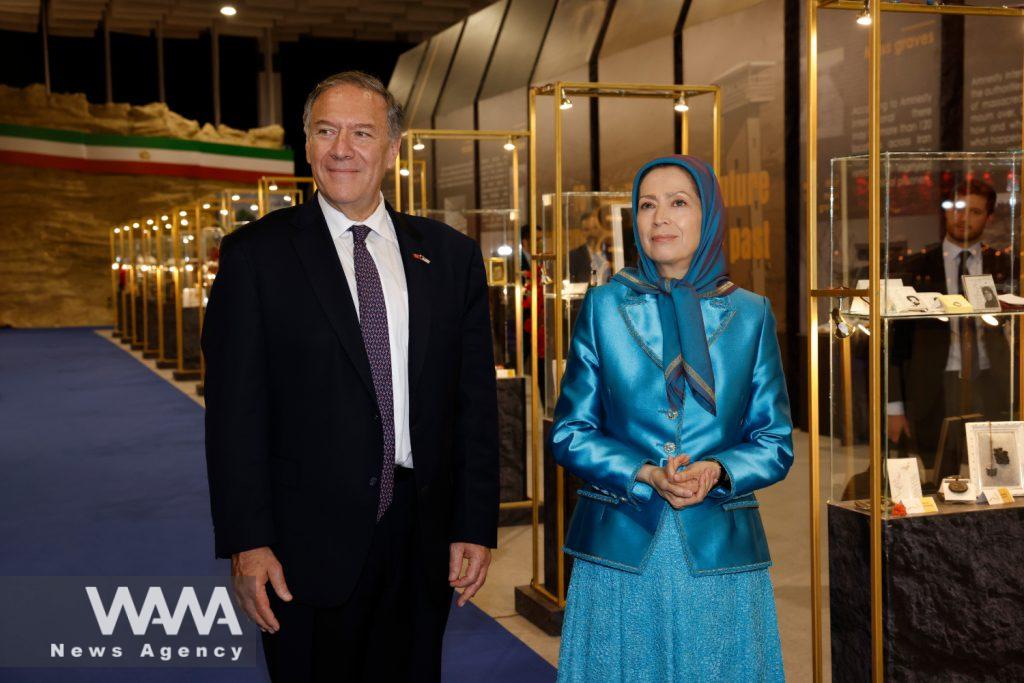
(16 May), former US Secretary of State Mike Pompeo traveled to Albania to visit Ashraf 3 and Maryam Rajavi, The self-proclaimed president of the sect – Social Media / WANA News Agency
Many of these groups are radical and receive financial support from foreign governments and secret services overseas.
Iran’s Minister of Intelligence, Esmaeil Khatib, announced in a T.V. program a few days ago that more than 50 foreign services were active in supporting the rioters during the street protests last year.
“More than 50 intelligence services held various meetings in different countries and trained more than 200 media for this work,” Khatib said.
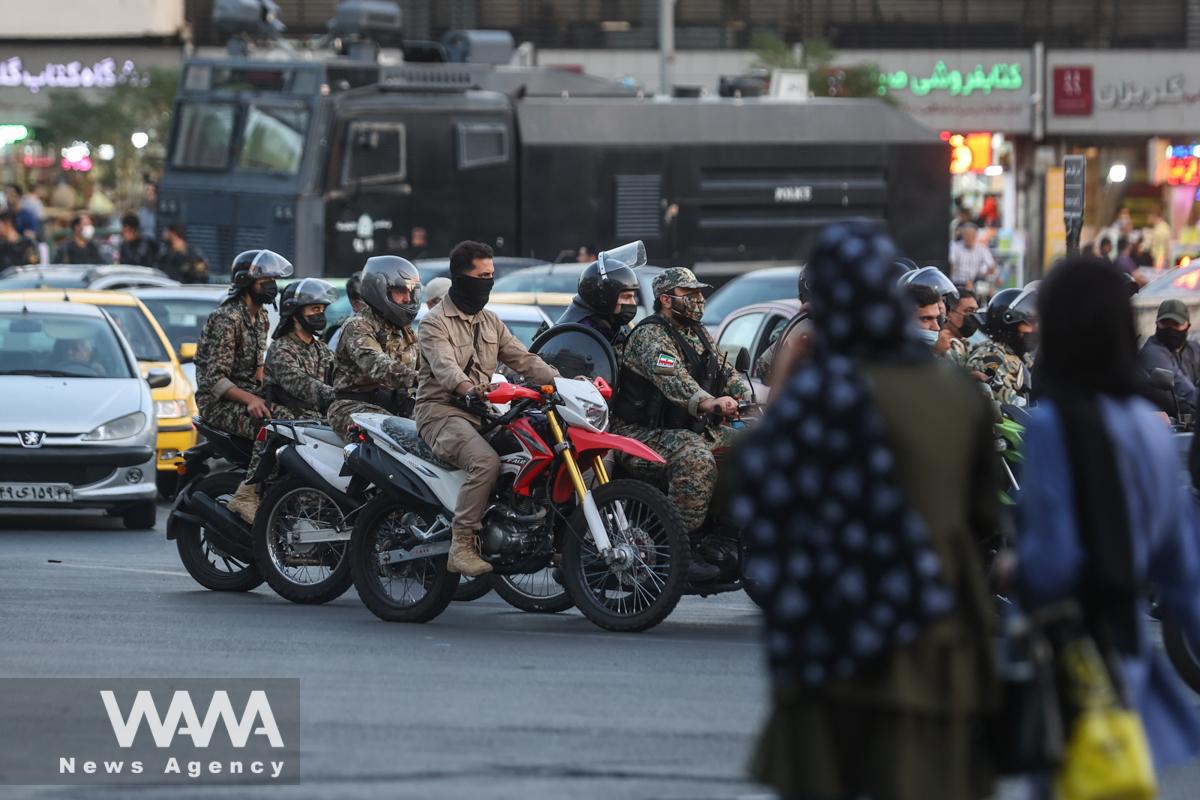
A failed attempt to have another symbol for riots
WANA (SEP 5th)_ As the anniversary of the tragic death of 22-year-old Mahsa Amini in the custody of Iran’s morality police approaches, the nation finds itself in a state of reflection and unrest, giving rise to rumors and discussions about what the coming days may hold. In September 2022, widespread protests erupted across Iran, […]
Surprisingly, the reformist leaders, an influential political party within Iran, did not support the protests of the previous year and have not endorsed the calls for this year’s anniversary of Mahsa Amini’s death. While some supporters of this party did participate in the protests, most were extremists, and their actions often did not align with the party’s leadership.
Despite being on the same page with the conservative wing on the protests, this does not mean the reformists approve of the functioning of the established conservative government. They believe that the reasons for these protests should be investigated.
Ali Rabiee, The spokesman of the government of Hassan Rouhani, Iran’s former president and one of the active members of the reformist wing: “In my opinion, the leading cause and background of the social crisis in the fall of 2022 was the chronic economic roots and the society’s despair over improving economic conditions…”
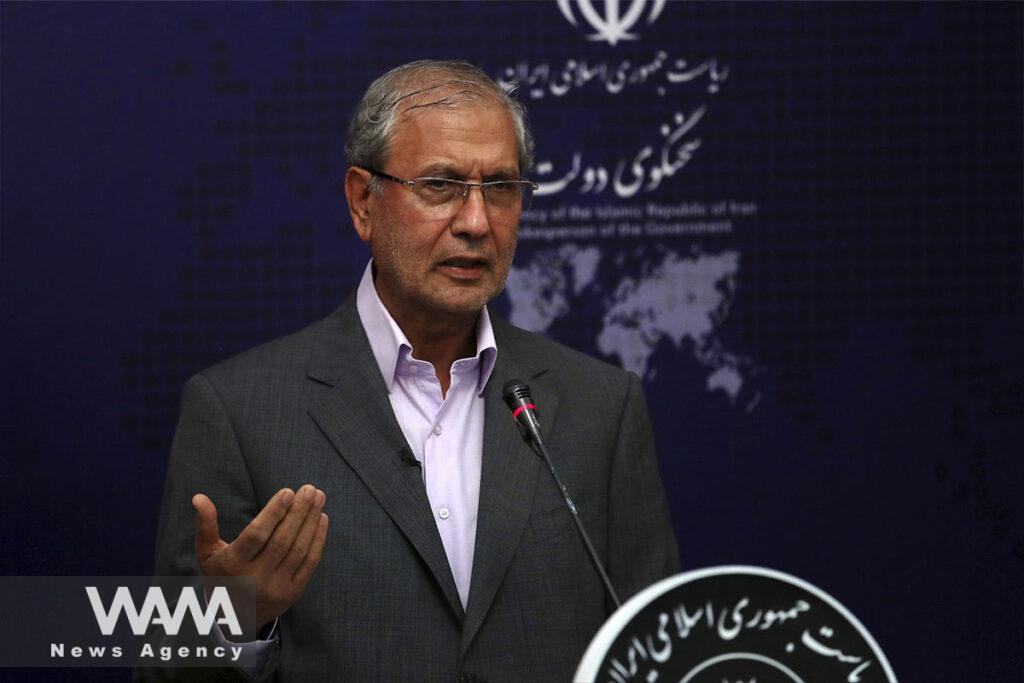
Ali Rabiee, The spokesman of the government of Hassan Rouhani, Iran’s former president. Social Media / WANA News Agency
It has been noted that while this particular wing was highly criticized for not participating in the recent protests, there has been no acknowledgment from them regarding the proportions and significance of the protests that have taken place over the last two years.
The reformist faction’s silence and failure to condemn the street protests can be seen as a direct approval of the demonstrations. While this political group supports the protests to some extent as a means to weaken their rivals, they are not in favor of any actions that could lead to the collapse of the system or the downfall of the Islamic Republic of Iran.
The reformist leaders, like their conservative counterparts in Iran, believe that a substantial portion of these protests was orchestrated with the intervention of Western and Hebrew services and lacked widespread support among the Iranian populace. Consequently, they have not openly acknowledged last year’s or this year’s protests.
The Iranian authorities have maintained a conspicuous silence, avoiding further provocation or confrontation with the protesters. This measured approach is a strategy employed by the government to minimize unrest.
“Those who provoked and surfed this wave were Americans and some European countries..” this was the reaction that the current president of Iran, Ebrahim Raisi, published in an interview with the American NBC channel a few days before the anniversary of last year’s protests.
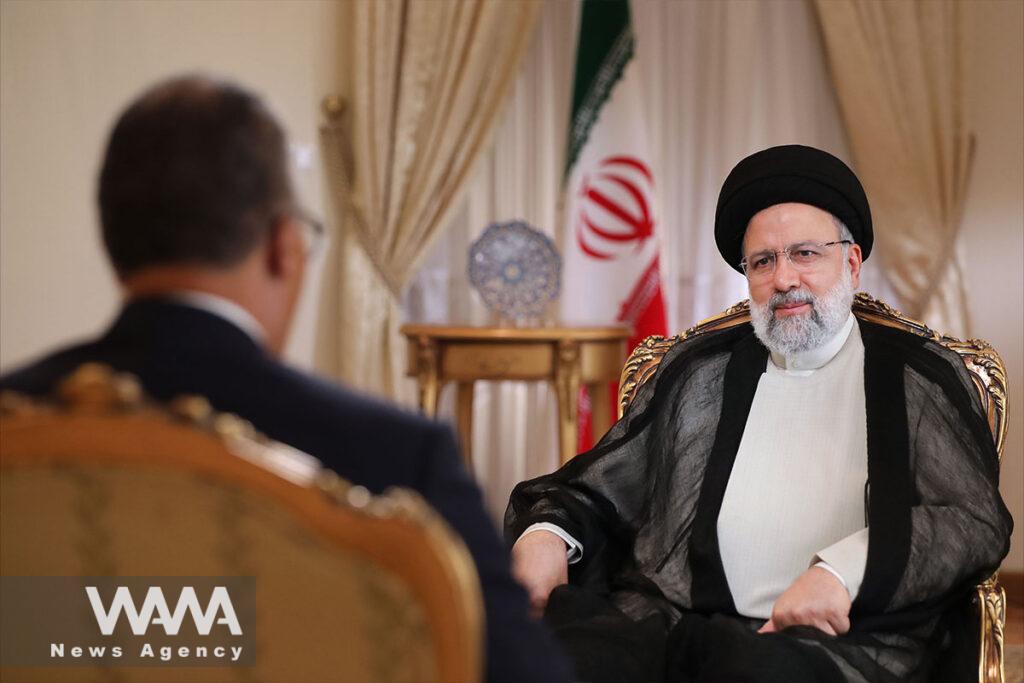
President of Iran, Ebrahim Raisi, in an interview with the American NBC channel a few days before the anniversary of last year’s protests. President Office/ WANA News Agency
Following nationwide street protests in Iran in the fall of last year, the country’s security apparatus, including the Ministry of Intelligence, the IRGC, and the Police Force, implemented a comprehensive strategy to monitor and identify protest leaders. This led to the arrest of thousands of protesters within a month, who were subsequently tried in Iranian courts.
On the anniversary of the previous year’s protests, the protest movement finds itself largely devoid of radical forces for street riots, as many of these elements are either incarcerated or under heavy surveillance by the security forces.
This development has frustrated the provocative movement abroad, which now considers toppling the Iranian government through subversion or street violence as its primary strategy.
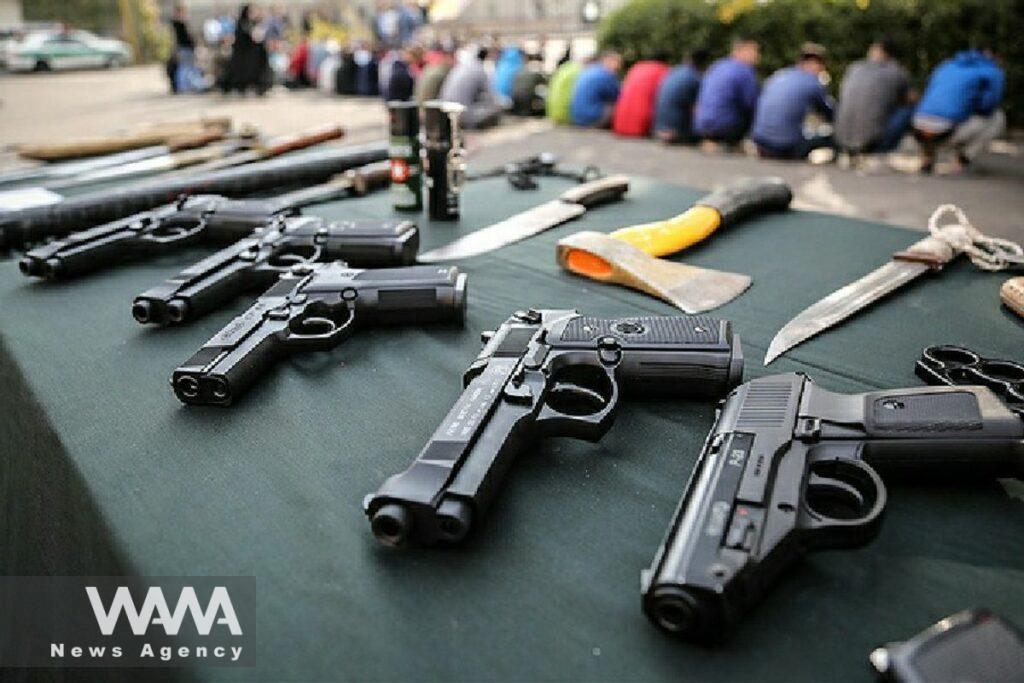
The Iranian government has been successful in preventing the entry of various weapons for use by extremist forces within the country, especially hampering foreign efforts to escalate the situation.
Moreover, Iranian efforts have extended beyond its borders, as bases of Kurdish separatists in Iraqi Kurdistan have faced attacks by intelligence and missile strikes from Iran’s Ministry of Intelligence and the Islamic Revolutionary Guard Corps. Additionally, diplomatic pressure on Iraq has led to the restraint and control of these groups by the Iraqi government.
The European and American countries realized a few days ago that the Iranians had no plan to go along with possible riots on the anniversary of Mehsa Amini’s death, so they took action themselves and increased political pressure. The sanction of several media belonging to conservatives, several Iranian figures and institutions in recent days, and other international pressures have been part of the West’s plan to incite people to restart protests in recent days.
In a message yesterday, U.S. President Joe Biden announced that America still stands by the Iranian people. “Iranians will determine the fate of their country on their own, and the United States is committed to standing by them.”
The opponents of the Islamic Republic of Iran were hopeful for a resurgence of protests, but as of September 16th, this hope has yet to be realized.
WANA / Writing by R,Ganji. S, Khezri contributed.
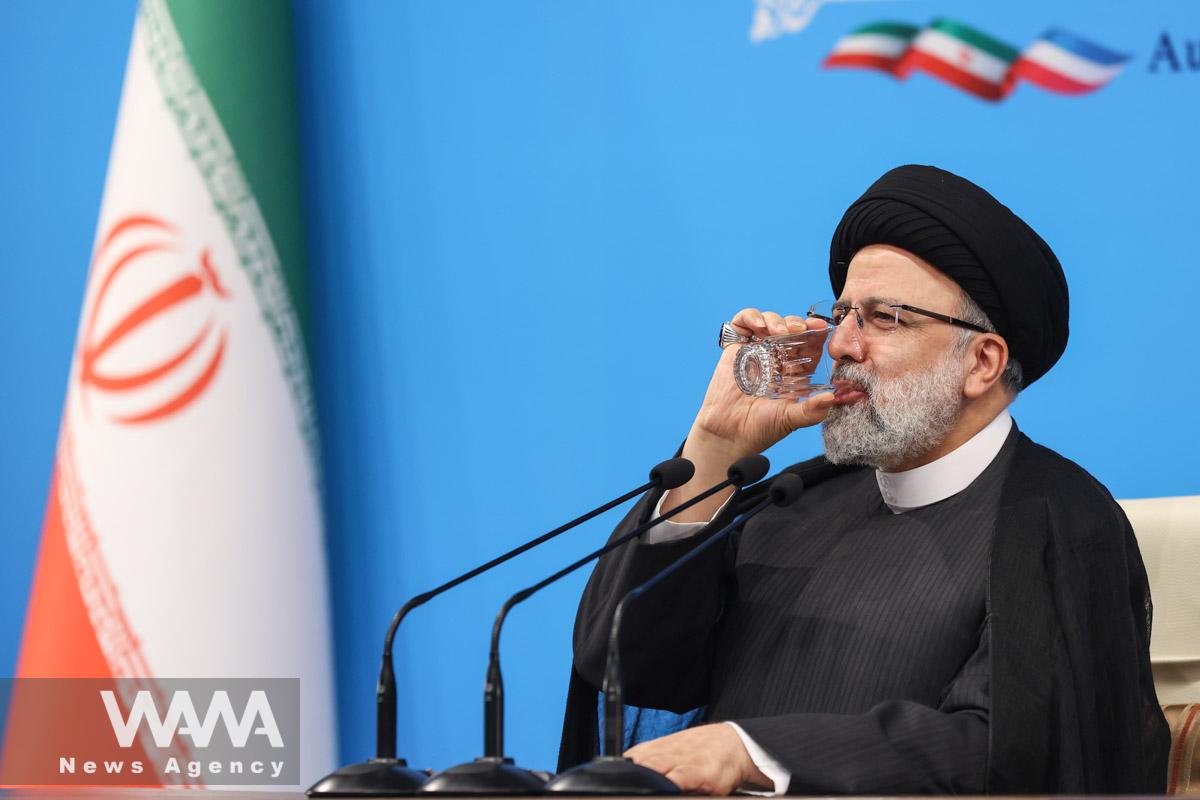
We will cut off enemies’ hands if they attack Iran. Pre Raisi
WANA (AUG 29) – Today, on August 29, Iran’s President, Ebrahim Raisi, held a press conference with the media. In this presser, President Raisi talked about national as well as international issues. He discussed the two ways that enemies of Iran have tried to disrupt Iran’s peace, like isolating Iran from the rest of […]

